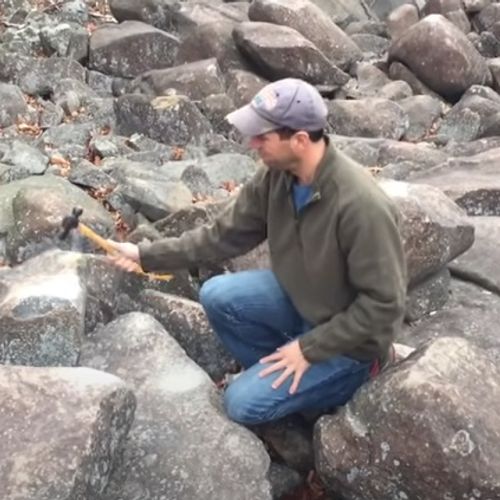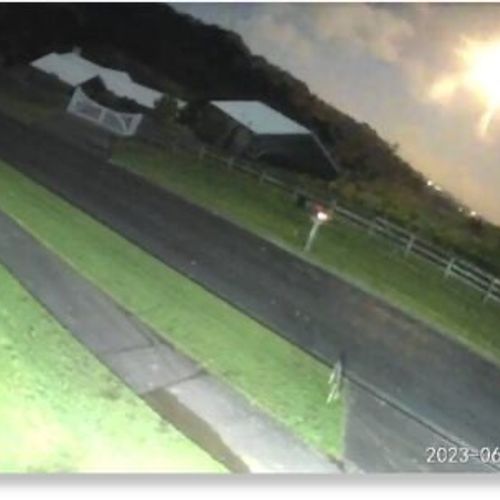
| Added | Sat, 29/10/2022 |
| Источники | |
| Дата публикации | Fri, 28/10/2022
|
| Версии |
In some parts of the USA, you can find giant piles of boulders that emit distinct musical sounds when struck with a hammer.
Sonorous rocks, also known as lithophonic rocks (also used in idiophonic musical instruments called lithophones) are rocks that resonate like a bell when struck. In the USA, you can meet them in Ringing Rocks Park, Bucks County, Pennsylvania, and in Pluto, Montana.
It is unknown how these stones got their musical abilities, but it is believed that the combination of the composition of these particular rocks and how this pile of stones was formed may contribute to this unique quality.
Earlier, several scientists became interested in ringing rocks. However, none of them could formulate a reliable theory about the ringing ability of rocks or the formation of boulder fields.
In 1965, geologist Richard Faas of Lafayette College in Easton, Pennsylvania, took some rocks to his laboratory for testing and found that when struck, the stones emit a series of sounds at frequencies lower than the human ear hears. He came to the conclusion that in these special rock fields, an audible sound is obtained only because these stones interact with each other. Despite the fact that Faas' experiments explained the nature of sounds, they did not reveal the mechanism in the rock that created them.
In the Pennsylvania and New Jersey area, the locations of more than a dozen fields of Ringing Rock boulders have been identified, but unfortunately, most of them are either privately owned or have been destroyed by urban development. There are currently three locations north of Philadelphia that are easily accessible to the public: Ringing Rocks County Park, Stoney Garden, and Ringing Hill Park.
The fields of ringing boulders in southeastern Pennsylvania and New Jersey are a kind of felsenmer (a German term meaning "sea of rocks"). These barren block fields are found in periglacial environments where outcrops of stable rocks with an inclination of less than 25° are exposed. Frost destroys the upper part of the rock, and the slight slope of the terrain allows you to wash away small weathering materials. The accumulation of snow and ice often lifts and turns boulders, leaving a significant free space between them.
In the 1960s, a Rutgers University professor conducted an unofficial experiment in which he sawed boulders of ringing rock from Bucks County Park into thin slices, and then measured them for shape changes. He found that the sound-emitting stones showed a characteristic expansion or "relaxation" within 24 hours after cutting, indicating that the rock was under the influence of internal stresses.
The professor noticed that the sounding stones were usually found closer to the middle of the boulder fields, where they did not come into contact with the soil and the shade of the surrounding trees. The scientist is sure that the ability to ring is a direct result of internal stresses.
Новости со схожими версиями
Log in or register to post comments











